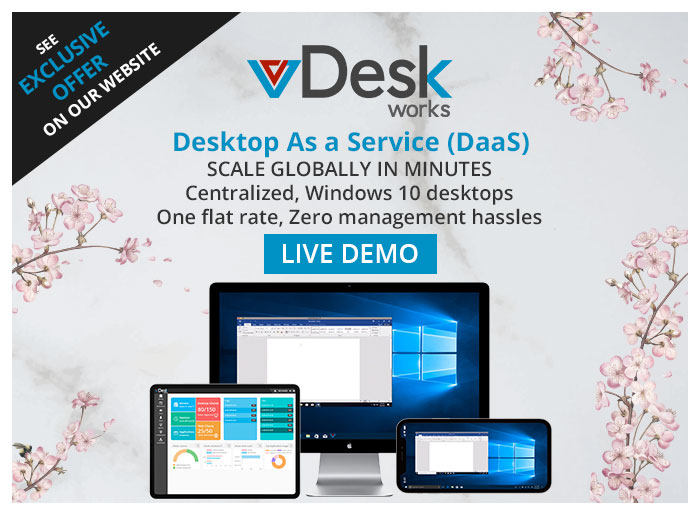
Boosting Team Performance: How Employee Monitoring Software Can Drive Results
In today’s fast-moving business world, unlocking your team’s full potential is more important than ever. Employee monitoring software is revolutionizing how teams operate by providing comprehensive insights into daily activities and performance metrics. This powerful tool doesn’t just track time; it empowers managers to make strategic decisions that boost productivity and enhance team effectiveness. Curious about how this software can elevate your team’s performance? Let’s delve into the transformative benefits it offers and how it can drive your team towards exceptional results.
1. Real-Time Visibility for Better Management
One of the primary benefits of employee monitoring software is its ability to provide real-time visibility into team activities. Managers can access data on employee performance, task progress, and time management, which helps in making informed decisions. This transparency allows managers to identify bottlenecks, allocate resources more effectively, and provide timely support to team members who may be struggling.
Example: A project manager using monitoring software can track the progress of various tasks and see where delays are occurring. If a particular team member is falling behind, the manager can quickly intervene and provide assistance or adjust deadlines to ensure the project stays on track.
2. Enhanced Productivity Through Data-Driven Insights
Employee monitoring software collects a wealth of data that can be analyzed to understand productivity patterns. By examining this data, managers can identify trends and areas where improvements can be made. For instance, the software can reveal which times of day employees are most productive or which tasks take the longest to complete. This information can be used to optimize workflows and implement strategies that enhance overall productivity.
Example: If the data shows that employees are more productive in the morning, a company might adjust work hours to align with this peak productivity period, leading to more efficient use of time.
3. Improved Accountability and Motivation
Monitoring software fosters a sense of accountability among team members. When employees are aware that their work is being tracked, they are often more motivated to stay focused and meet their targets. The software can also facilitate recognition and reward systems by highlighting high performers and their contributions.
Example: Regular reports generated by the software can be used to recognize employees who consistently meet or exceed their goals, boosting morale and encouraging others to improve their performance.
4. Efficient Resource Allocation
Effective resource allocation is crucial for maximizing team performance. Employee monitoring software helps managers understand the strengths and weaknesses of their team members, allowing for better alignment of tasks with individual skills. This ensures that resources are used efficiently and that each team member is working on tasks that best suit their abilities.
Example: If the software indicates that certain team members excel at project management while others are better suited for technical tasks, managers can assign roles accordingly to enhance overall team performance.
5. Streamlined Communication and Collaboration
Monitoring software often includes features that facilitate communication and collaboration among team members. Tools such as real-time chat, file sharing, and task management can help ensure that everyone is on the same page and working towards common goals. This improved communication can reduce misunderstandings and streamline project execution.
Example: A team using integrated communication tools within the monitoring software can quickly resolve issues and coordinate efforts, leading to more efficient project completion and fewer delays.
6. Data-Driven Decision Making
The wealth of data provided by employee monitoring software enables managers to make data-driven decisions rather than relying on intuition or anecdotal evidence. By analyzing performance metrics and trends, managers can identify areas for improvement, make informed adjustments to strategies, and set realistic goals based on actual performance data.
Example: If the data reveals a drop in performance following a recent change in workflow, managers can investigate and adjust the process to address any issues, ensuring that team performance remains optimal.
7. Tailored Training and Development
Employee monitoring software can highlight skill gaps and training needs within the team. By identifying areas where employees may require additional support or training, managers can implement targeted development programs that enhance individual and team performance.
Example: If the software shows that a team member is struggling with certain tasks, managers can provide specialized training to help them improve, leading to better overall performance.
Unlocking Potential: The Transformative Power of Employee Monitoring Software
Employee monitoring software is not just about keeping tabs on time and attendance; it’s a gateway to unlocking the full potential of your team. By offering real-time visibility, enhancing accountability, and providing crucial data-driven insights, this technology helps managers drive substantial improvements in team performance. With the right implementation, employee monitoring software becomes a powerful ally in optimizing productivity, streamlining operations, and achieving strategic goals. Embracing these tools can transform how your team operates, leading to greater efficiency and success in today’s dynamic business environment.






No Comment